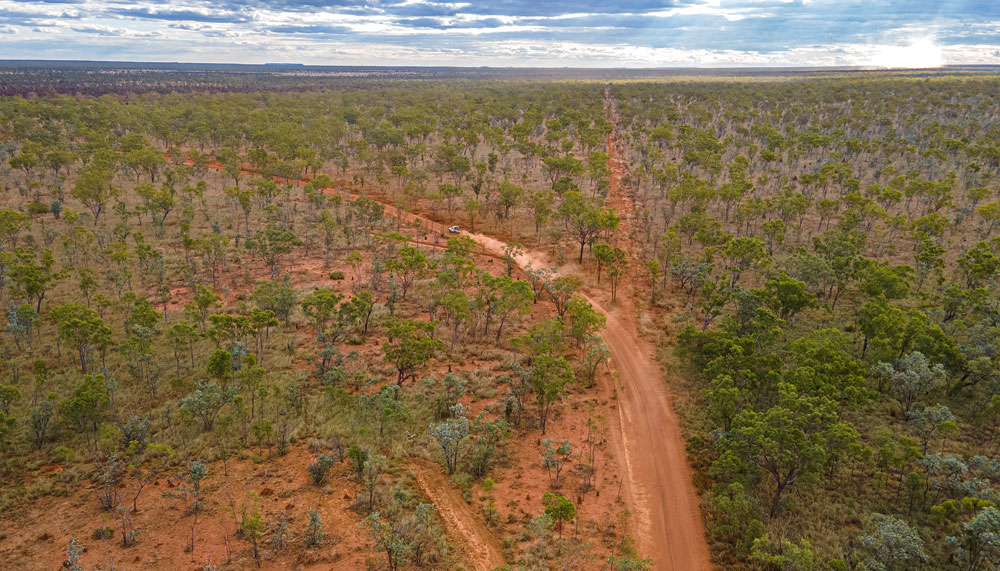Carbon is a commodity now in high demand internationally and, managed well, it can be an integral part of productive agricultural enterprises in Australia.
Story Amanda Burdon Photo Mark Muller
As the world stares down climate change and its impacts, momentum towards stronger action is growing and so, too, are carbon markets. Across Australia, every state and territory now has a target to reach net zero greenhouse gas emissions by 2050. Many industries have followed suit, and businesses are jostling to offset their emissions. Their stewardship of vast tracts of a continent renowned for poor soils has put Australian producers at the forefront of our climate response.
With all living organic material comprising 50% carbon, every farmer is actually a carbon farmer. More and more are defining themselves as such, making conscious choices to minimise losses or maximise carbon storage. It’s an approach closely aligned with regenerative farming and a means of leveraging a host of other co-benefits that many say contribute to healthier landscapes, more diverse and profitable operations, and community prosperity. Monetising carbon has turned it into a hot commodity.
Queensland grazier James Henderson, with two vegetation-based carbon projects under his belt, sums up his experience. “Carbon farming has built financial and climatic resilience into our operation because I am now a grass farmer, a beef farmer, a tree farmer and a carbon farmer,” he says. “Carbon farming represents perhaps 30% of our total income and we make decisions accordingly, but as the carbon price rises, that will become 50% and probably greater. There will be a point when it surpasses beef and we can derive premiums from ecosystem services, too.”
This story excerpt is from Issue #138
Outback Magazine: August/September 2021










